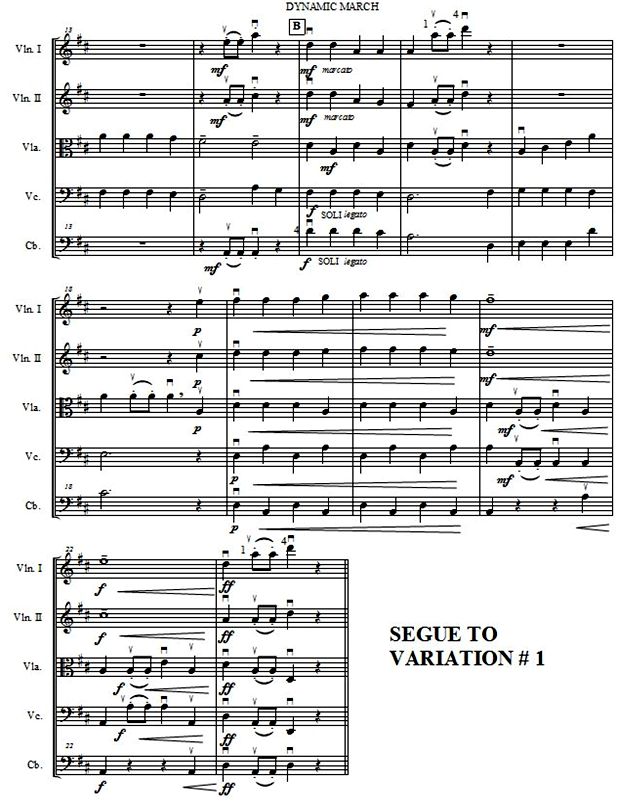A Deep Dive Into Transitions
When it comes to the flow of conversation, writing, or even music, the term "segue" plays a crucial role in creating seamless transitions. The word is often used to describe a smooth transition from one topic, scene, or idea to another. Whether in a casual chat, a formal presentation, or a musical performance, knowing how to segue can significantly enhance the overall coherence and engagement of your work. In this article, we will explore the meaning of segue, its origins, and how it can be effectively utilized in various contexts.
Understanding the nuances of the term can illuminate its importance in effective communication. Segues are not merely about shifting from one point to another; they involve a thoughtful connection that maintains the audience's interest and comprehension. By mastering the art of segueing, one can elevate their storytelling, presentations, and discussions to a higher level. In the following sections, we will delve into the definition of "segue," its applications, and best practices for implementing it in different scenarios.
Join us as we uncover the multifaceted nature of segue means and how it can be a powerful tool in your communication arsenal. From its linguistic roots to practical examples, this exploration will help you appreciate the significance of smooth transitions in various forms of expression.
What is the Definition of Segue Means?
The term "segue" originates from the Italian word "seguire," meaning "to follow." In contemporary usage, it refers to a smooth transition from one subject to another. The primary purpose of a segue is to maintain continuity and coherence in a conversation or written work. This can apply to various mediums, including speech, literature, and music.
How is Segue Used in Different Contexts?
Segue can be employed in numerous contexts, each with its unique flair:
- In Conversation: Segues help maintain the flow of dialogue by seamlessly connecting topics.
- In Writing: Writers use segues to transition between paragraphs or chapters, enhancing readability.
- In Music: Musicians employ segues to transition between songs or sections of a piece, creating a cohesive auditory experience.
What are Some Examples of Effective Segues?
Effective segues can transform a disjointed narrative into a harmonious whole. Here are some examples:
Why are Segues Important in Communication?
Segues are vital for several reasons:
- Enhance Clarity: They help clarify the relationship between ideas.
- Maintain Engagement: Smooth transitions keep the audience engaged and interested.
- Improve Flow: Segues create a sense of flow, making content easier to follow.
Can Segue Mean Something Different in Other Languages?
While "segue" is widely recognized in English, its meaning can adapt across languages. For instance, in Spanish, the term may translate to "seguir" or "continuar," both of which convey the idea of continuation. Understanding these variations can enrich your grasp of how transitions function in different cultures and languages.
How Can You Practice Using Segue Means?
To master the art of segueing, consider these practical tips:
What Role Does Segue Play in Storytelling?
In storytelling, segues are critical for maintaining narrative momentum. They guide the audience through the plot, ensuring that each event relates to the next. A well-timed segue can heighten tension, elicit emotion, or clarify complex ideas, enhancing the overall storytelling experience.
How to Identify a Poor Segue?
A poor segue can disrupt the flow of communication. Signs of ineffective segues include:
- Sudden Topic Changes: Abrupt shifts can confuse the audience.
- Lack of Connection: If the transition doesn’t relate to the previous point, it may seem jarring.
- Incoherence: A disjointed narrative can lead to misunderstandings.
Conclusion: Embracing the Art of Segue Means
In conclusion, understanding what segue means can enhance your communication skills across various platforms. By practicing effective transitions, you can create more engaging, clear, and coherent interactions, whether in conversation, writing, or music. Embracing the art of segue allows you to connect ideas fluidly, capturing and maintaining the audience's attention. As you continue to develop your skills, remember that each segue is an opportunity to enrich your storytelling and communication.
Unveiling The Life And Legacy Of Vincent Pastore
Unveiling The Fascination Of Artemis Carmona
Unveiling Angus Macfadyen: The Versatile Talent Of The Screen



ncG1vNJzZmiqn5i4o77InZ6emqKqtq%2B%2FjaipoGekmrCpus6lpqCxk6S7p7HRnqWcnZiauaV70p6erp1dorKiutJnn62lnA%3D%3D